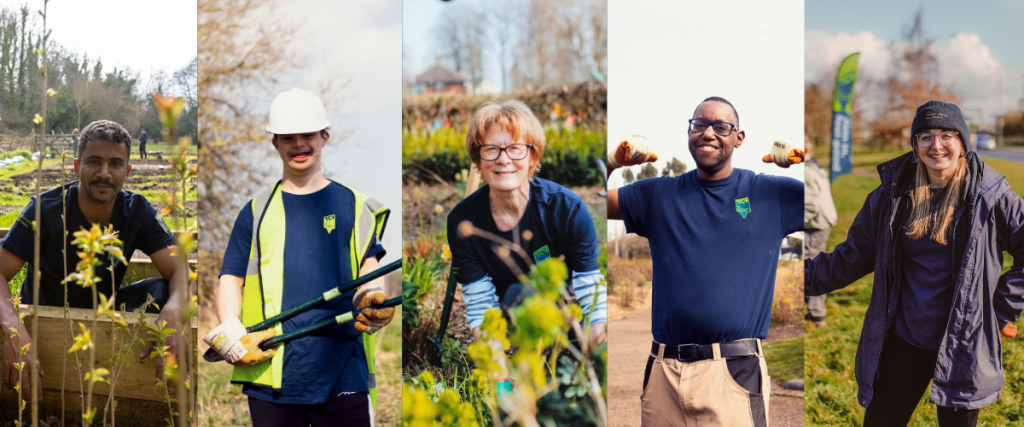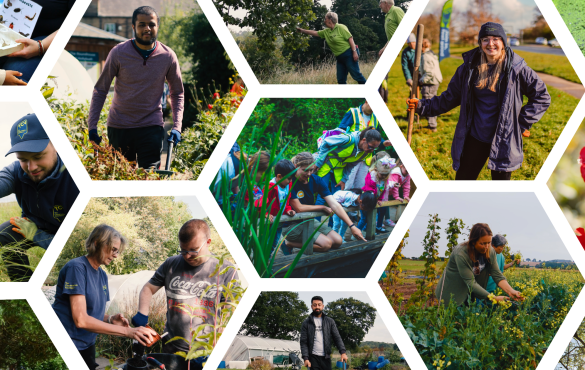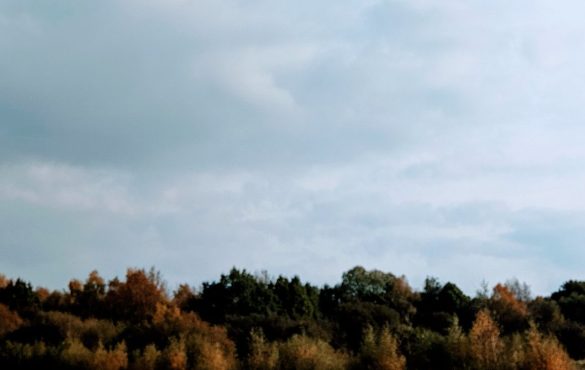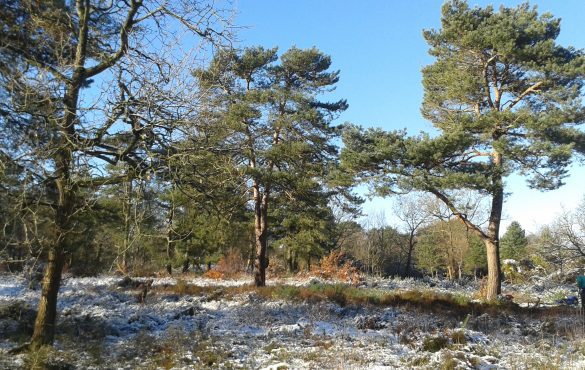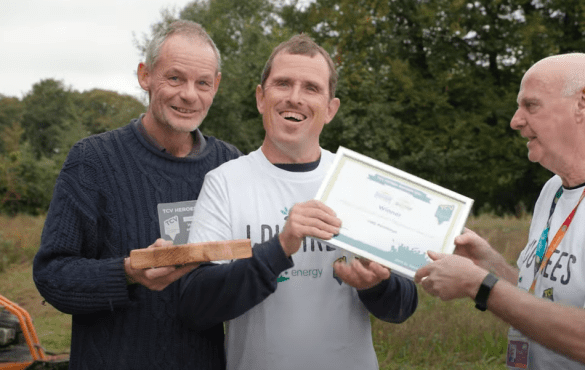Written by Paul Sherriff, TCV Health & Safety Manager
At the end of October, the clocks go back. This means that dusk begins around 4:45 pm depending on where you are in the UK, and this gets earlier and earlier until 21st December. Although, if we are at work between 8 am – 5 pm we will still find ourselves working in the dark until well into the New Year.
So, what should we be thinking about when we are working in the dark?
Lone working risk increases
Working alone is always higher risk than when colleagues are around. Lone working in the dark increases risk even more. This is because antisocial behaviour and other crime increases in the dark. Also, we often feel more vulnerable in the dark and therefore this increases stress and anxiety.
It is worth reviewing the local risk assessments as we approach the darker months. There may be adjustments which can be made to reduce lone working or at the very least, avoid doing so in the dark.
Ideas include having winter operating hours on projects or in the office, improving lighting around offices and along routes, and changing security procedures when it’s dark. Think about your context; what the risk is and what could be adjusted to improve the safety of employees and volunteers.
Lighting and hazards
Think about physical hazards, especially in areas that are utilised by lots of people. Often things appear because a colleague has put something down in the daylight but hasn’t appreciated how easy it is to see in the dark. Are there hazards which are ‘obvious’ because they are conspicuous in the daylight but hard to see in the dark? Ideally, these should be removed but it’s also important to think about lighting, both static and portable. If you find yourself accessing areas that are not safely lit, consider carrying a torch rather than relying on your phone to light the way.
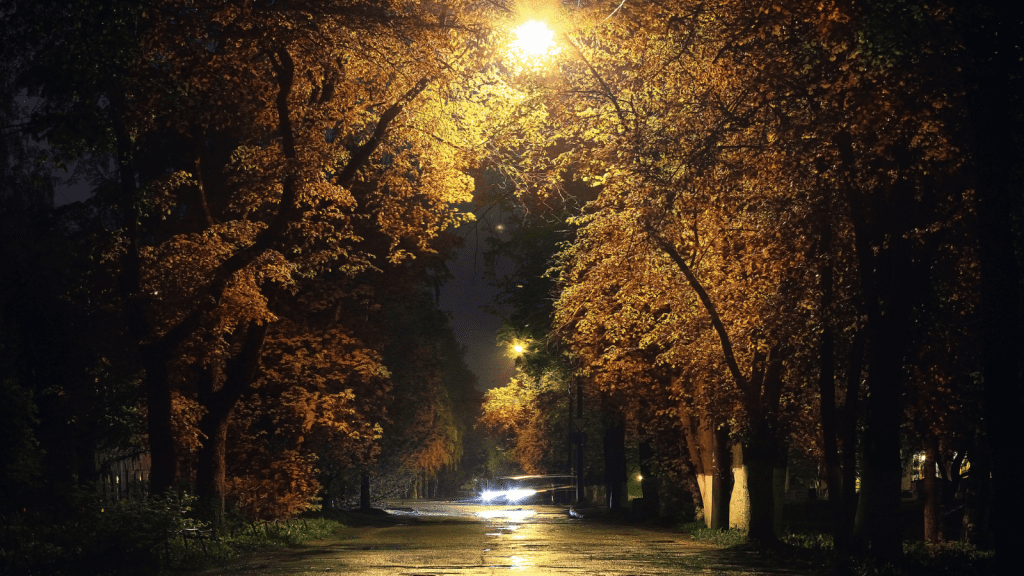
Night-time driving
Driving in the dark is very different to driving in good visibility. The roads are darker, visibility reduced, and glare caused by artificial lighting all make it more challenging, particularly for inexperienced drivers. According to research undertaken by the National Safety Council, the risk of having an accident is three times greater at night. So, if you’re driving in the dark, it is worth thinking about the following before setting off:
Eye health – Driving at night is taxing on the eyes. When was the last time you had yours checked? If it’s been a while it is worth getting them checked out if driving in the dark is a regular occurrence for you.
- Headlight glare – Oncoming headlights can be daunting and even momentarily blinding. Avoid looking at the oncoming vehicle instead use the left-hand side of the road to maintain your lane position.
- Clean your windscreen – A dirty or smeary windscreen makes night time glare much worse. Make sure yours is nice and clean before setting off in the dark.
- Awake and alert – Driving can be tiring and even hypnotic on long journeys. The risk of nodding off is much higher in the dark with eye strain increased. Make sure you are well rested and ready for the journey. Take regular breaks on longer journeys and avoid driving on long journeys after a full day’s work.
- Take your time – Give yourself more time to make a journey in the dark compared to doing the same journey in the daytime.
- Check your lights – It’s illegal to drive a vehicle with a bulb out. Check all yours are working before setting off. Replace any that are faulty. You could even upgrade to better bulbs which emit more light, making driving in the dark a little easier for you.
- Be extra vigilant for pedestrians, cyclists and other road users – Cyclists and pedestrians can be difficult to see at dusk and in the dark. Not all cyclists are safely prepared for night-time cycling, and this can make them very difficult to spot in the dark. Think about where you are driving and the potential for cyclists and pedestrians.
The Conservation Volunteers believes that every community in the country should have access to high-quality local green spaces – safe, welcoming, and loved by their communities – homes to thriving nature and thriving people.
TCV are committed to supporting a community network of groups and organisations who share that vision.
_______________________________________
Keep up to date with the latest news and activities from The Conservation Volunteers by following us on Twitter, Facebook, LinkedIn and Instagram. You can also sign up to receive our Greenzine newsletter for more ways to get involved.
Visit www.tcv.org.uk and add your postcode to explore the volunteering opportunities available in your area.
